Author
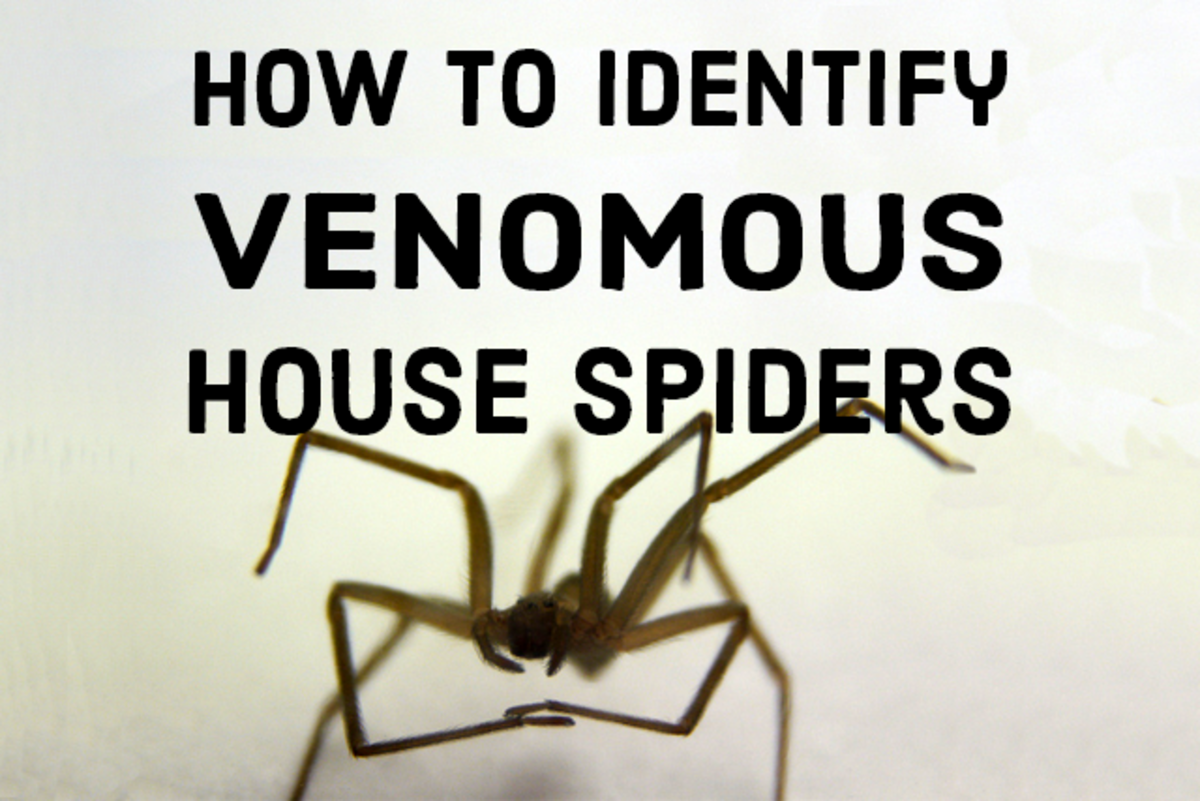

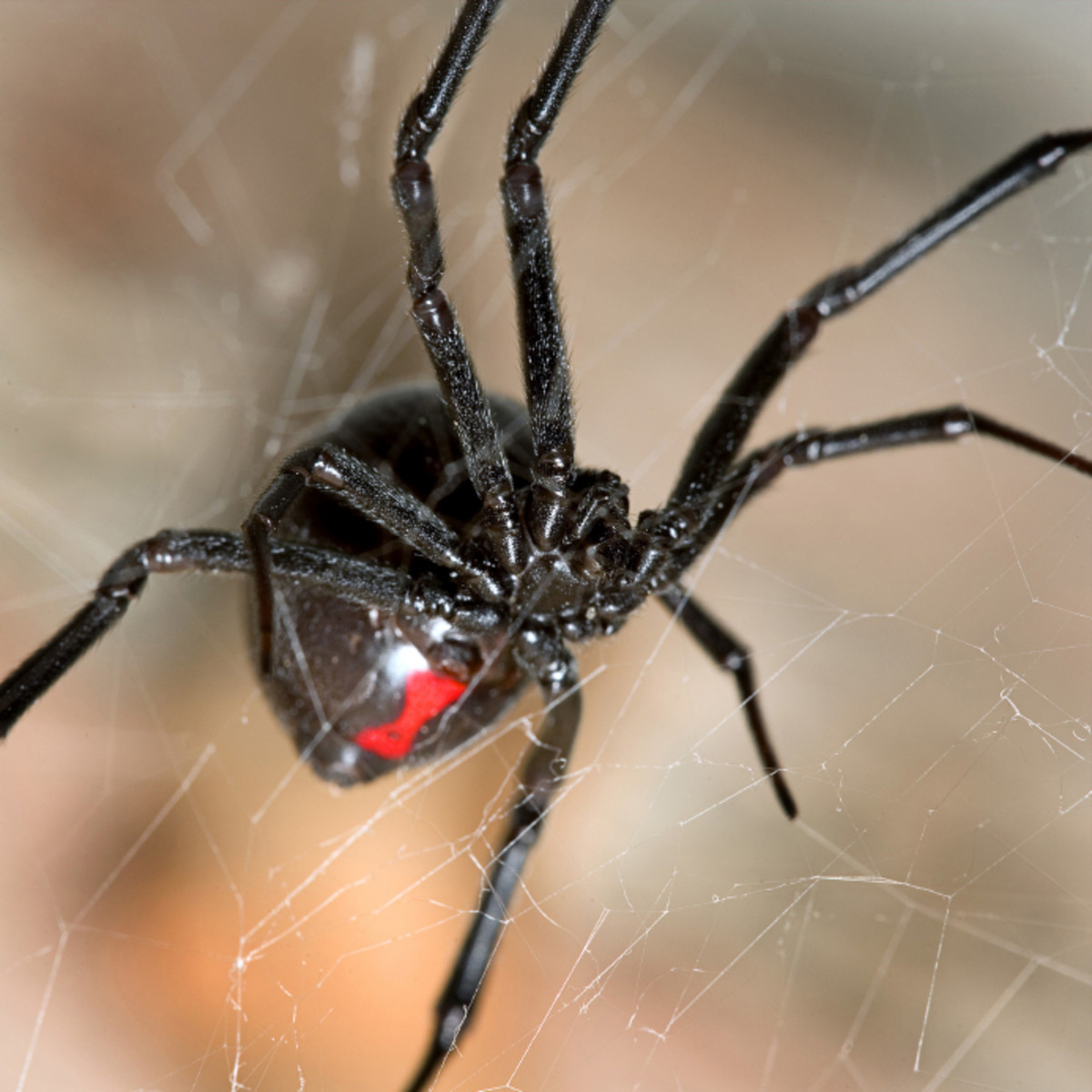
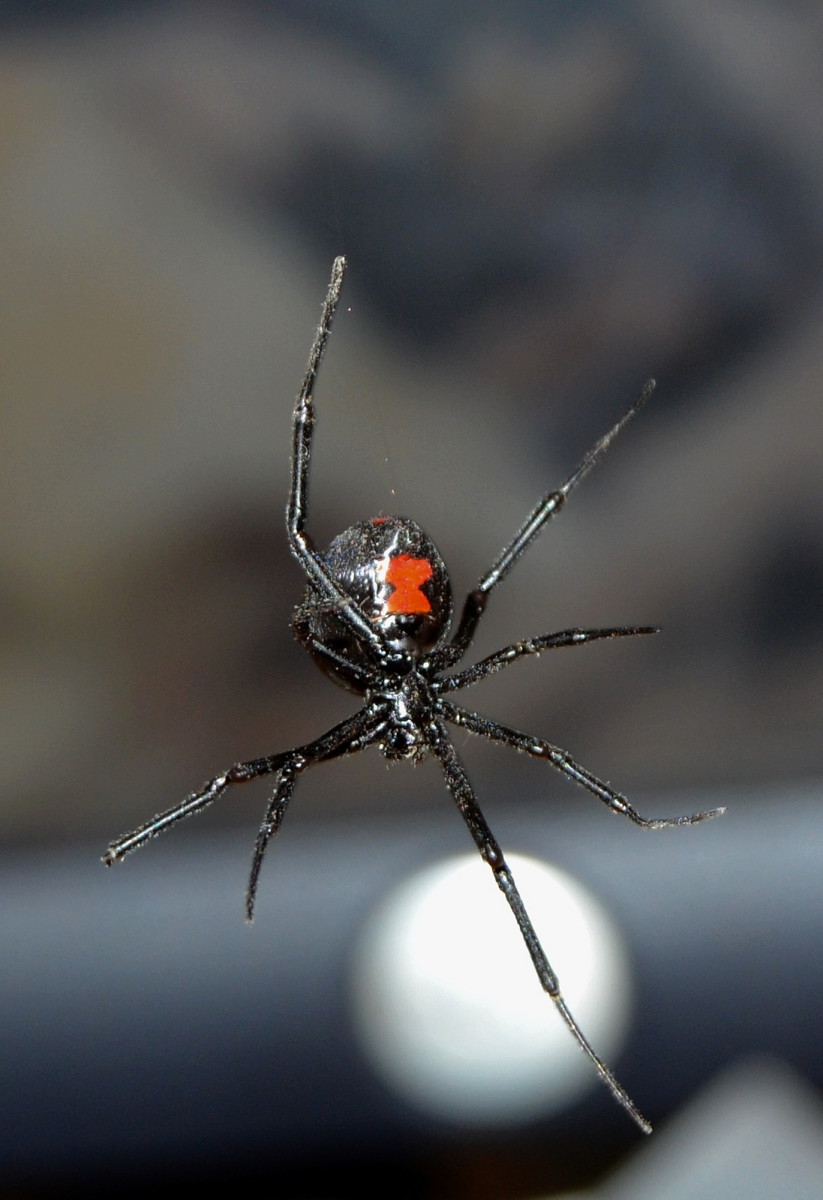
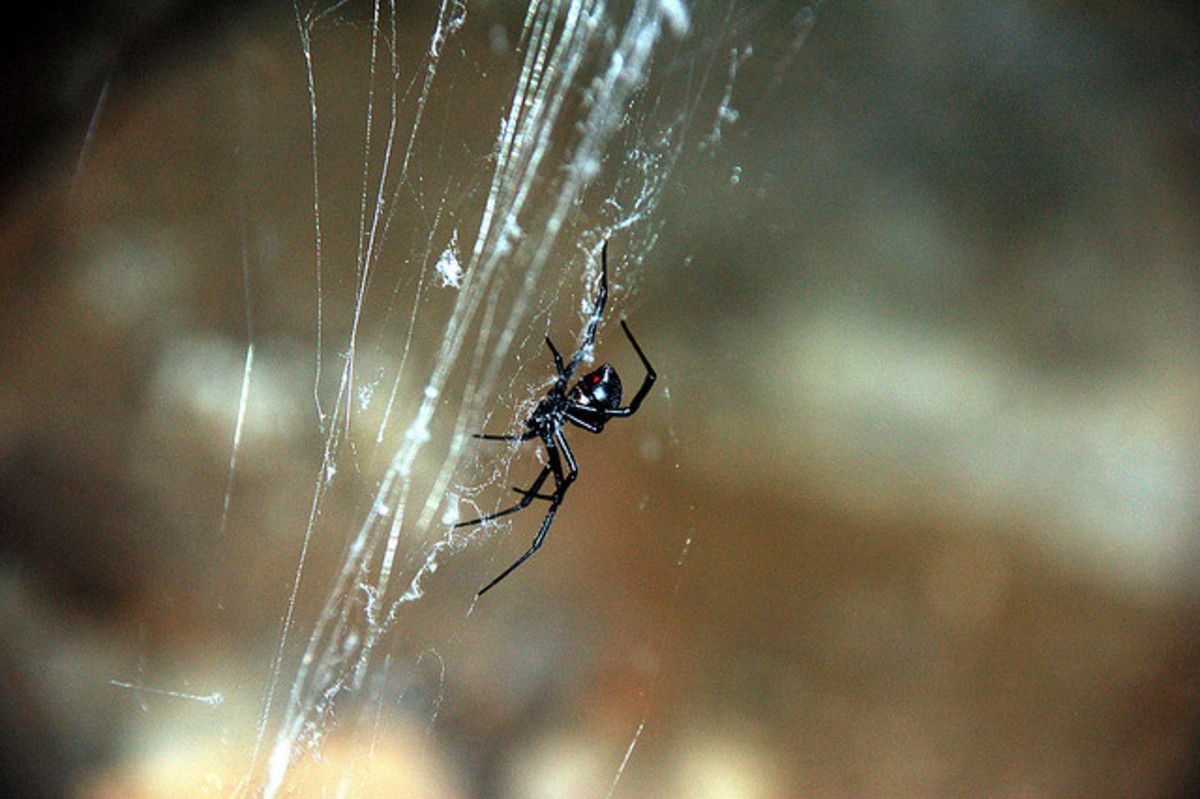
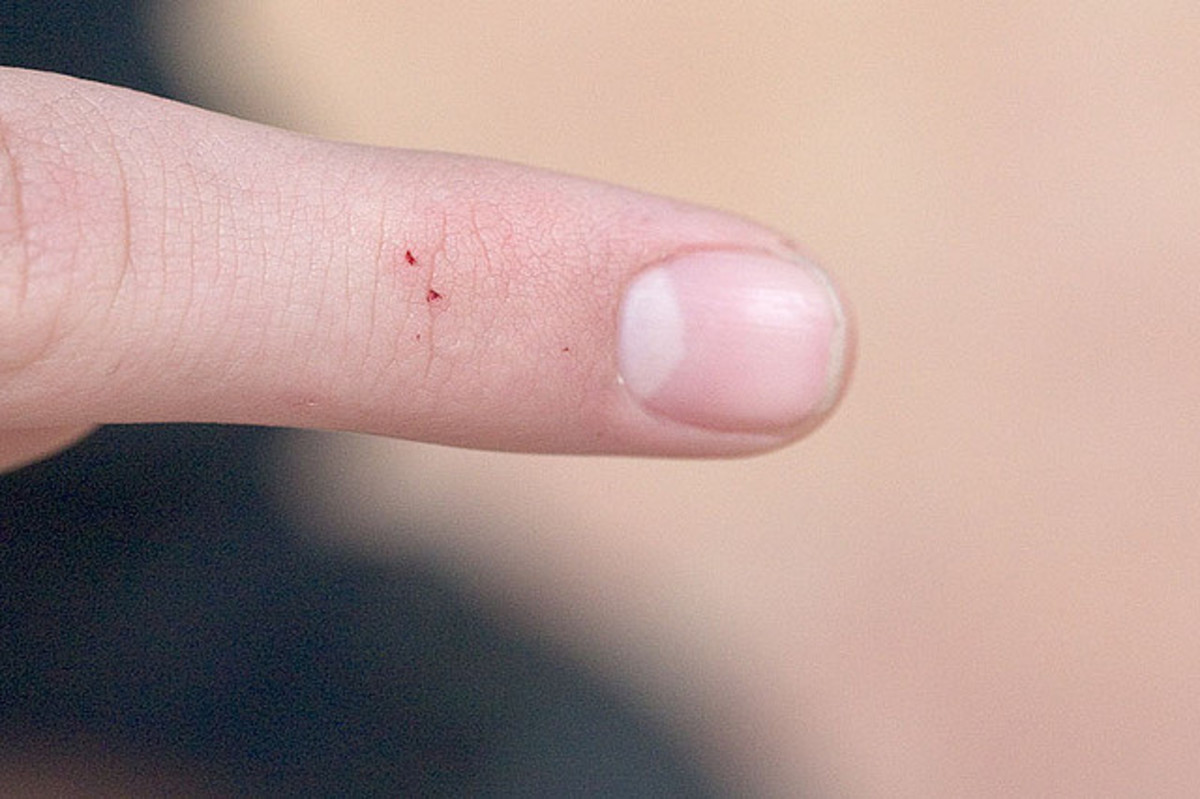
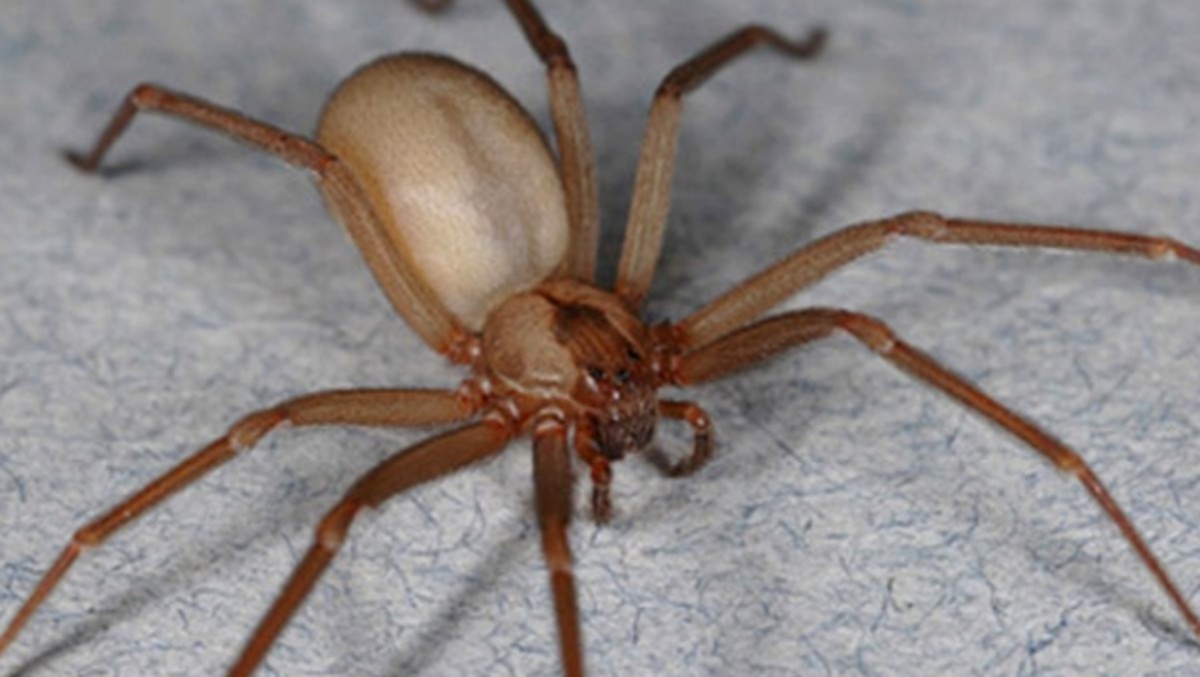
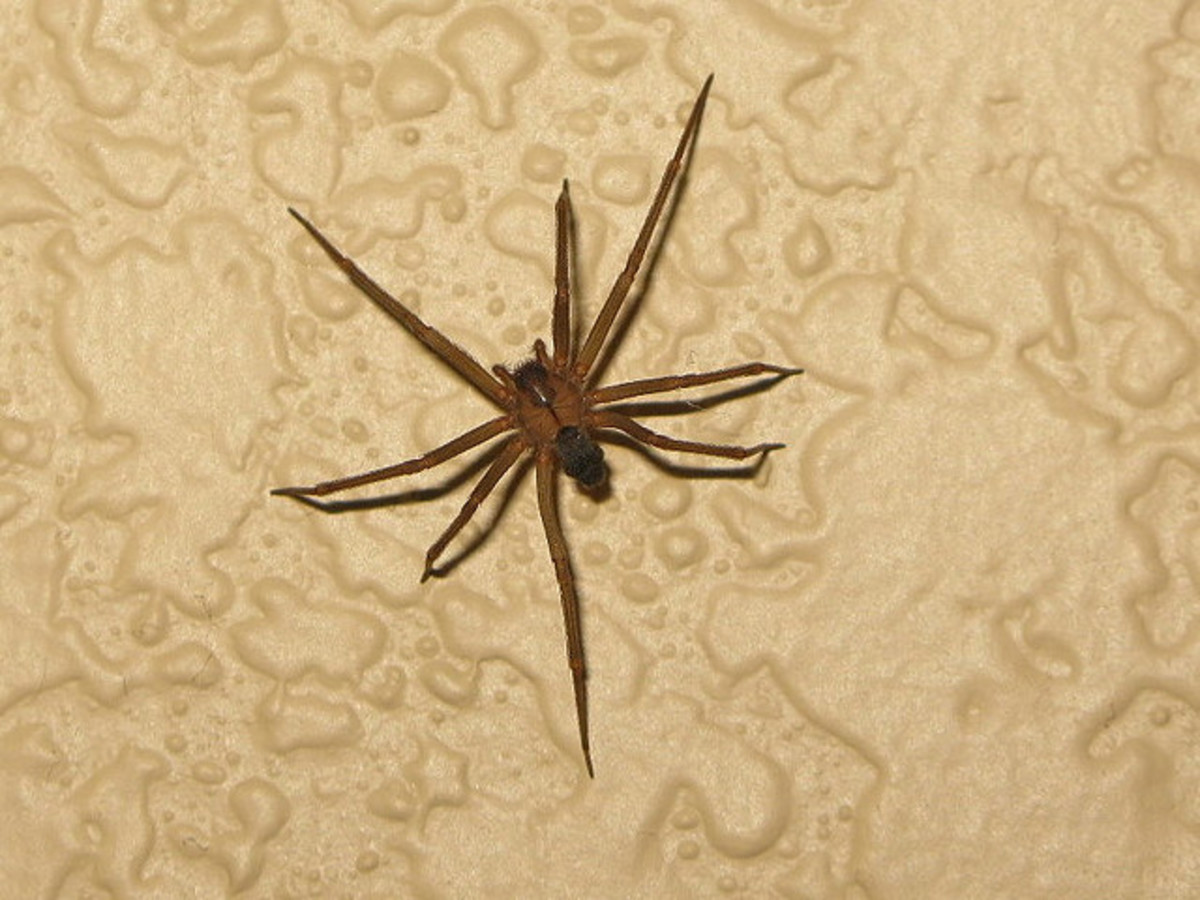
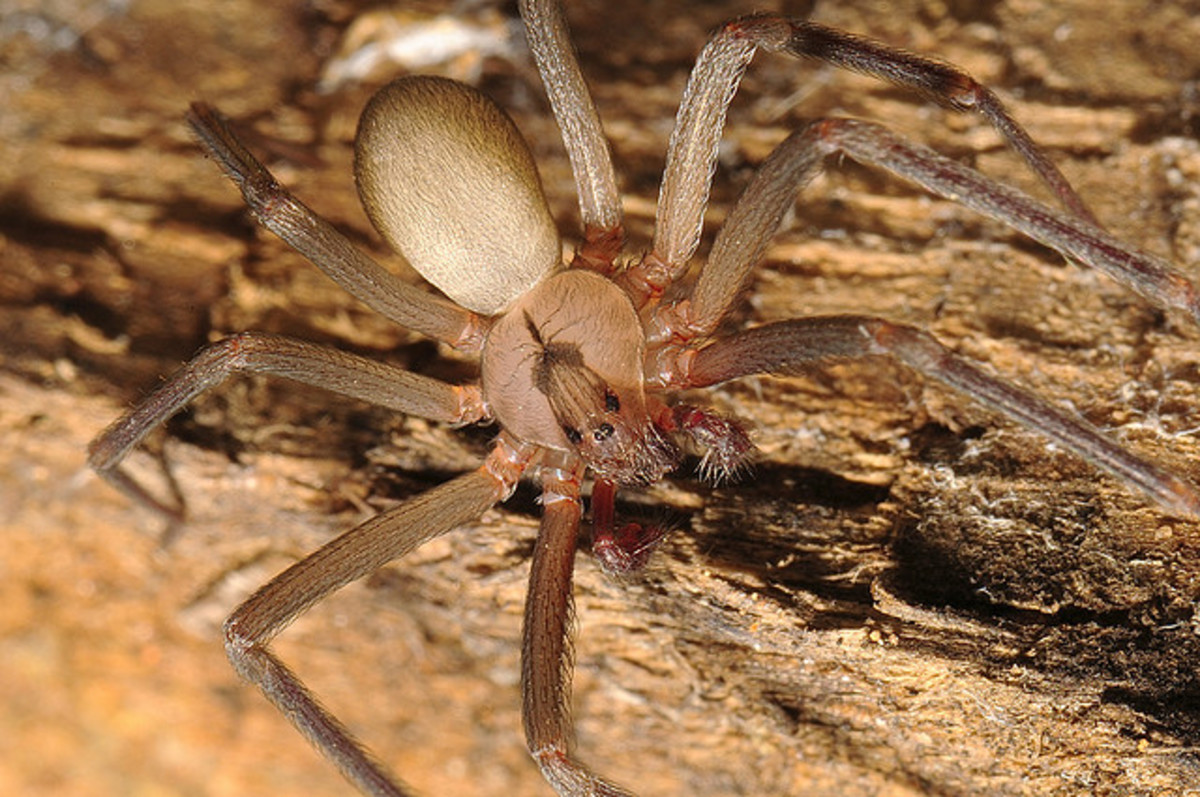
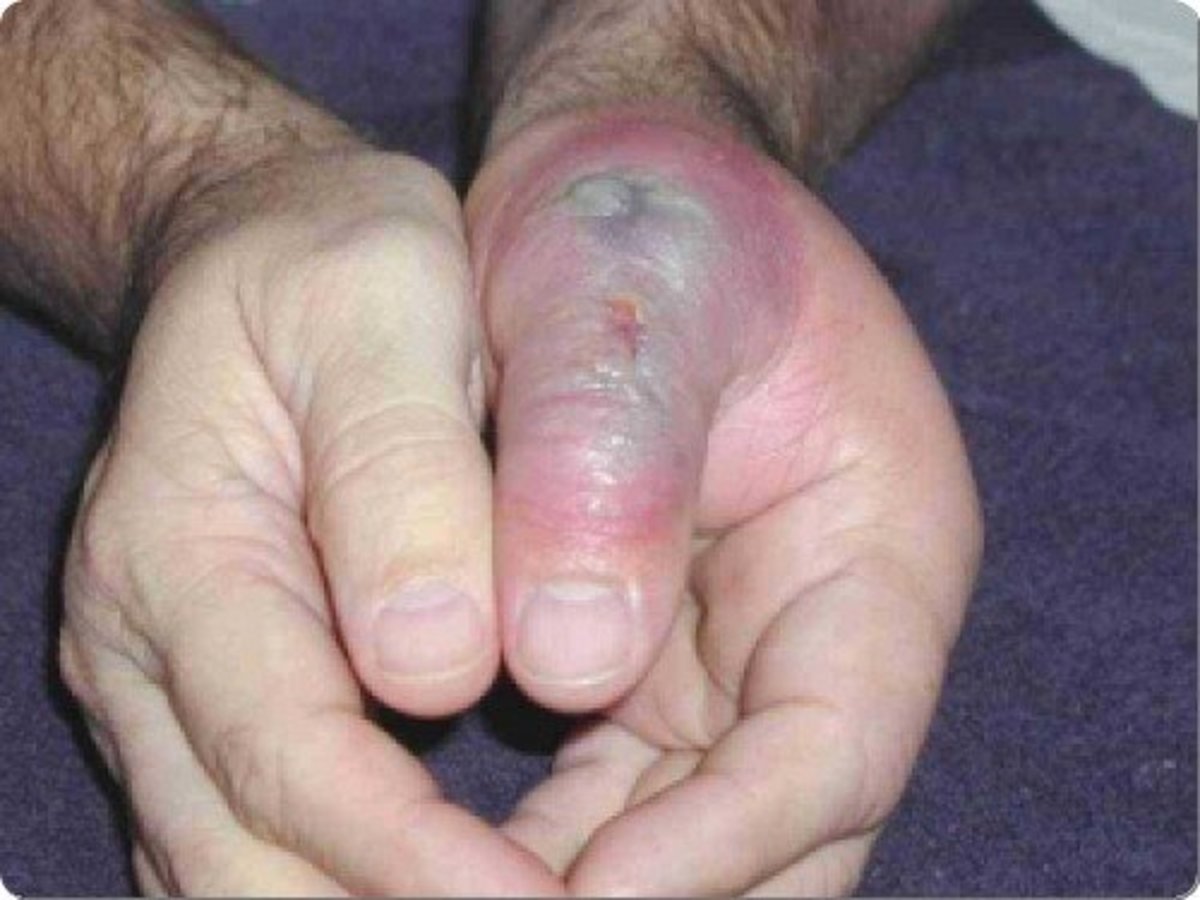
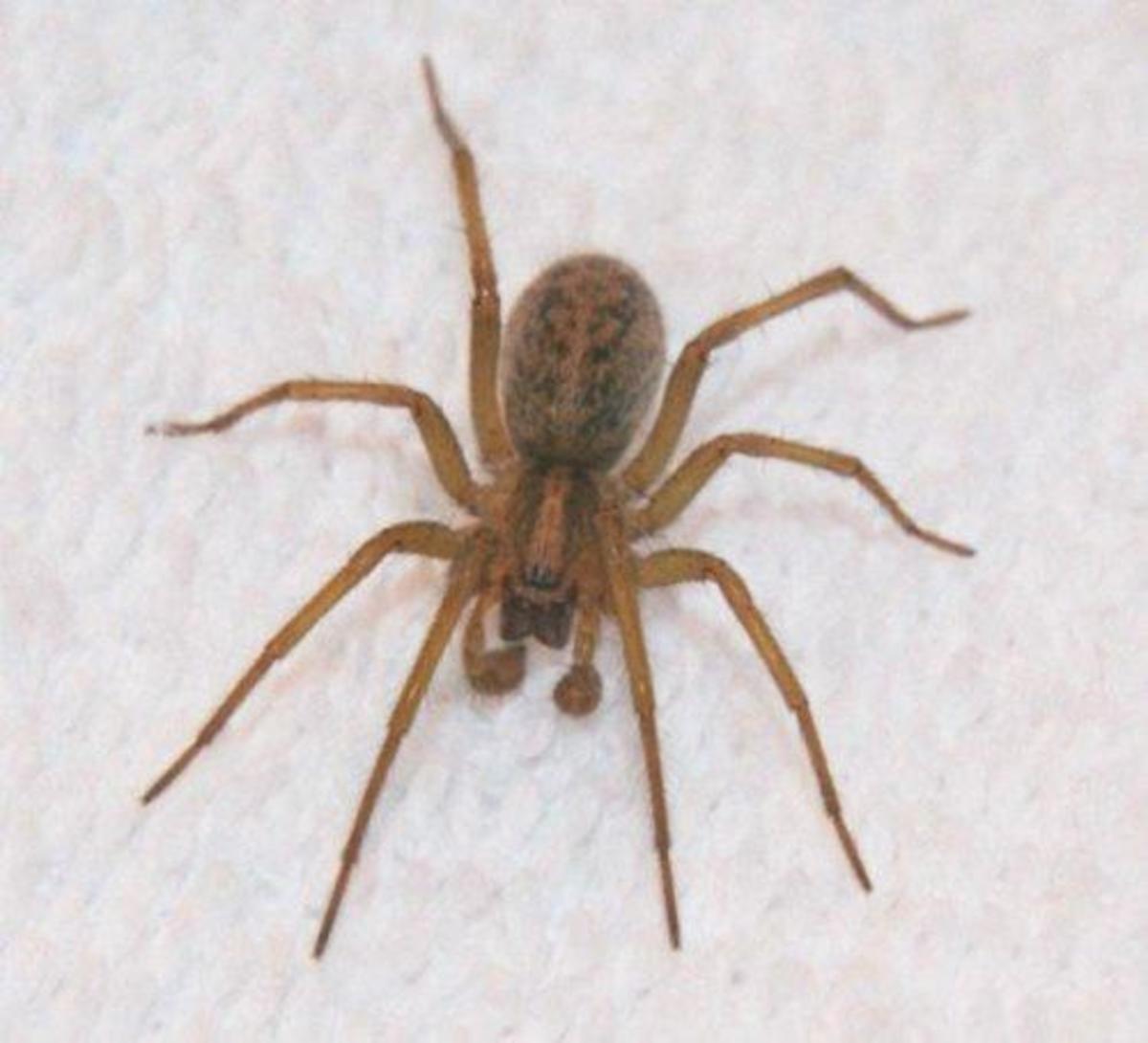
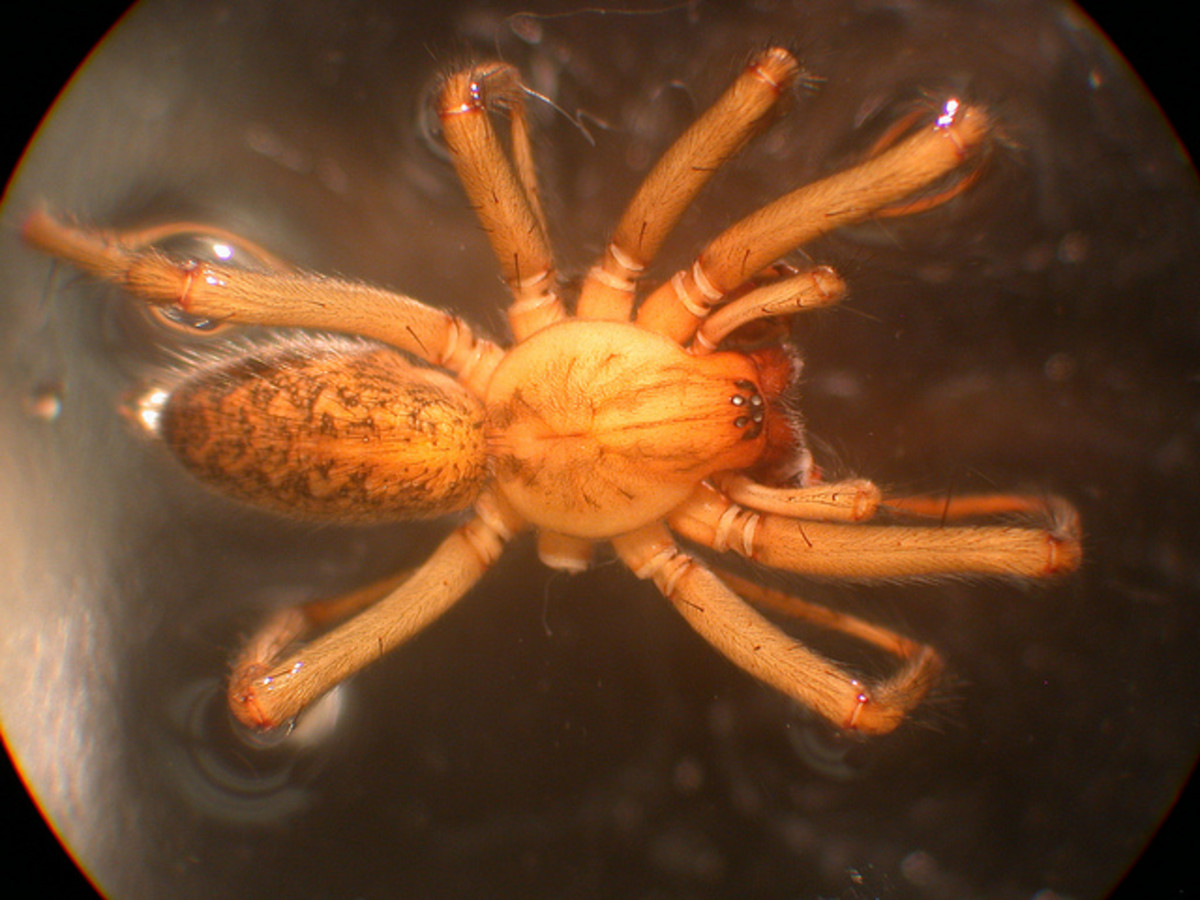
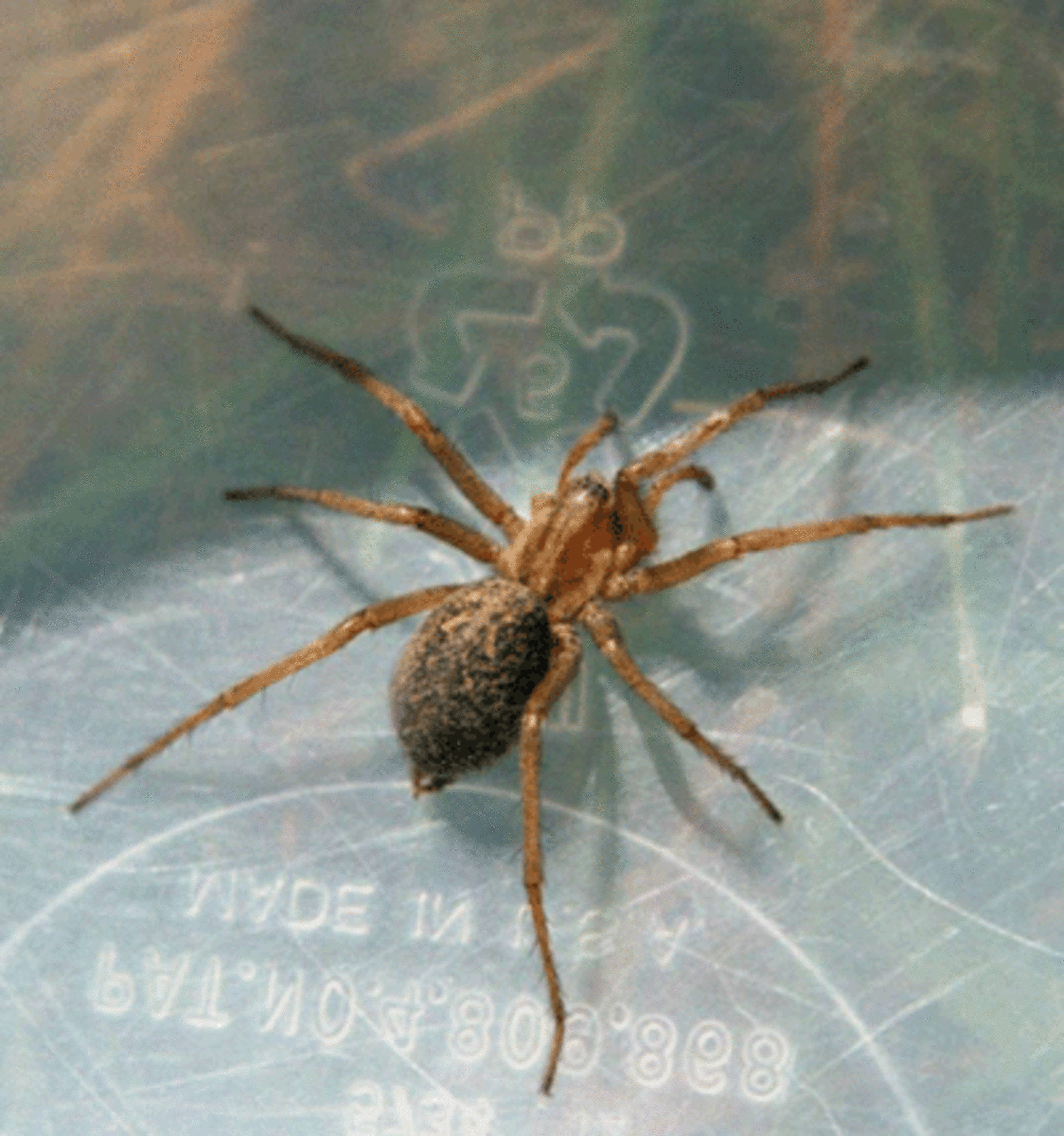
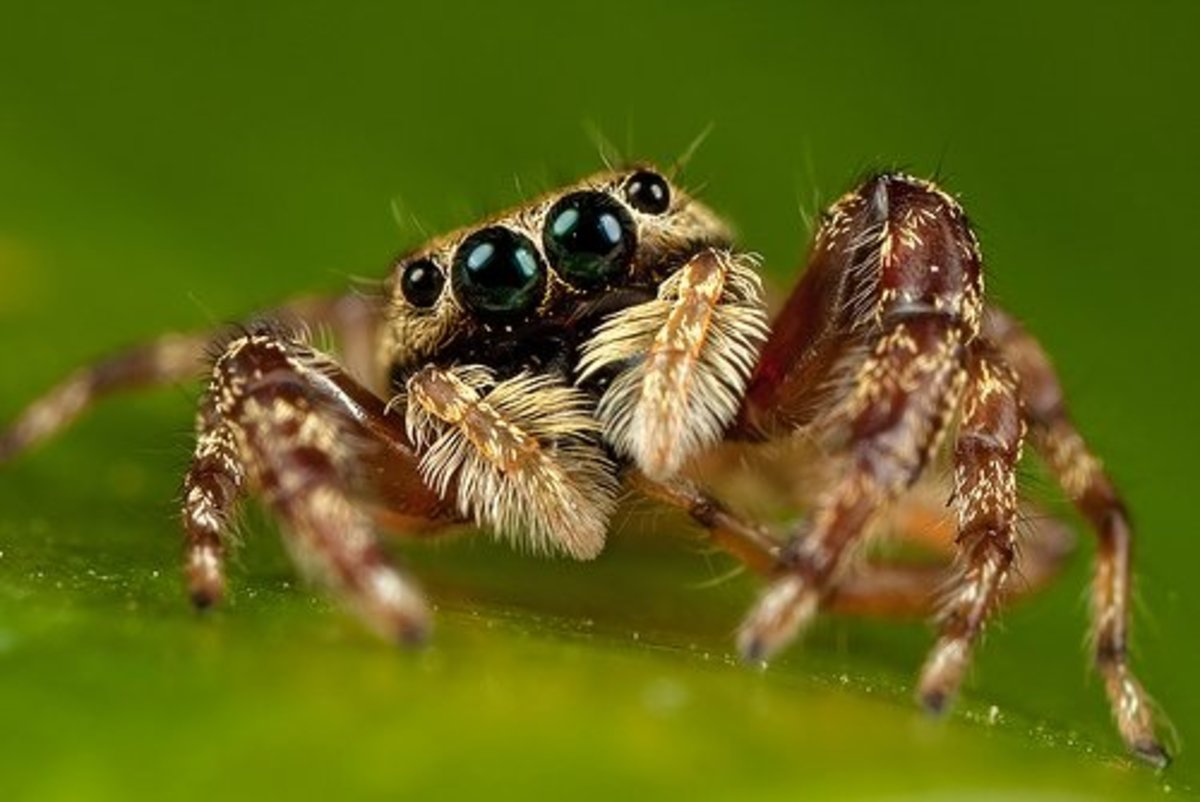
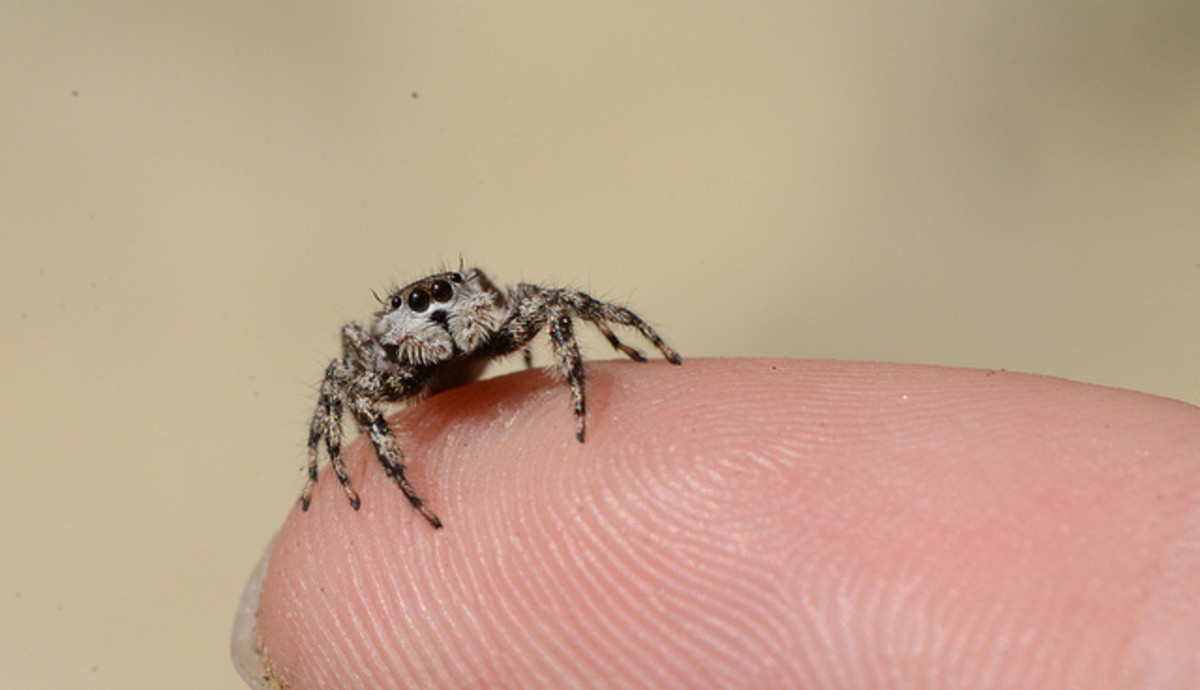
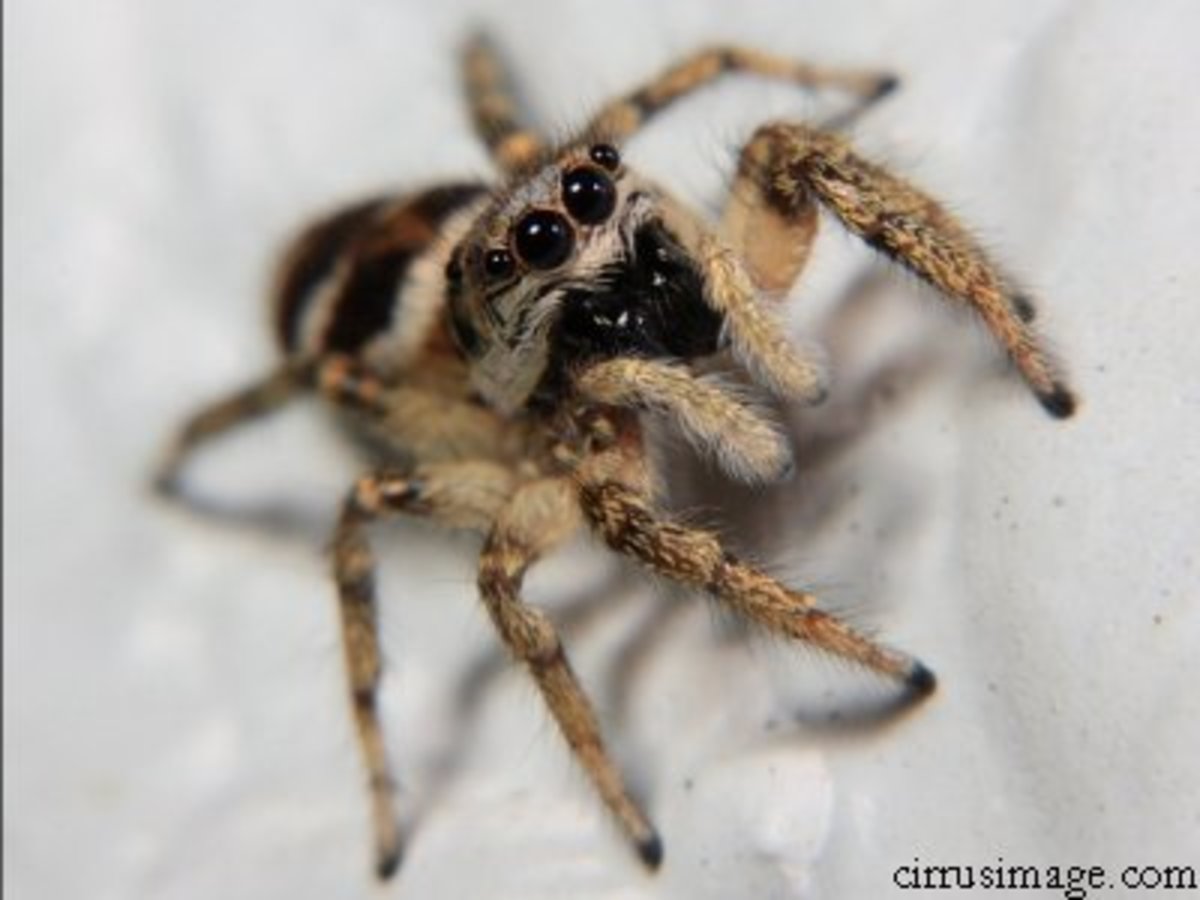
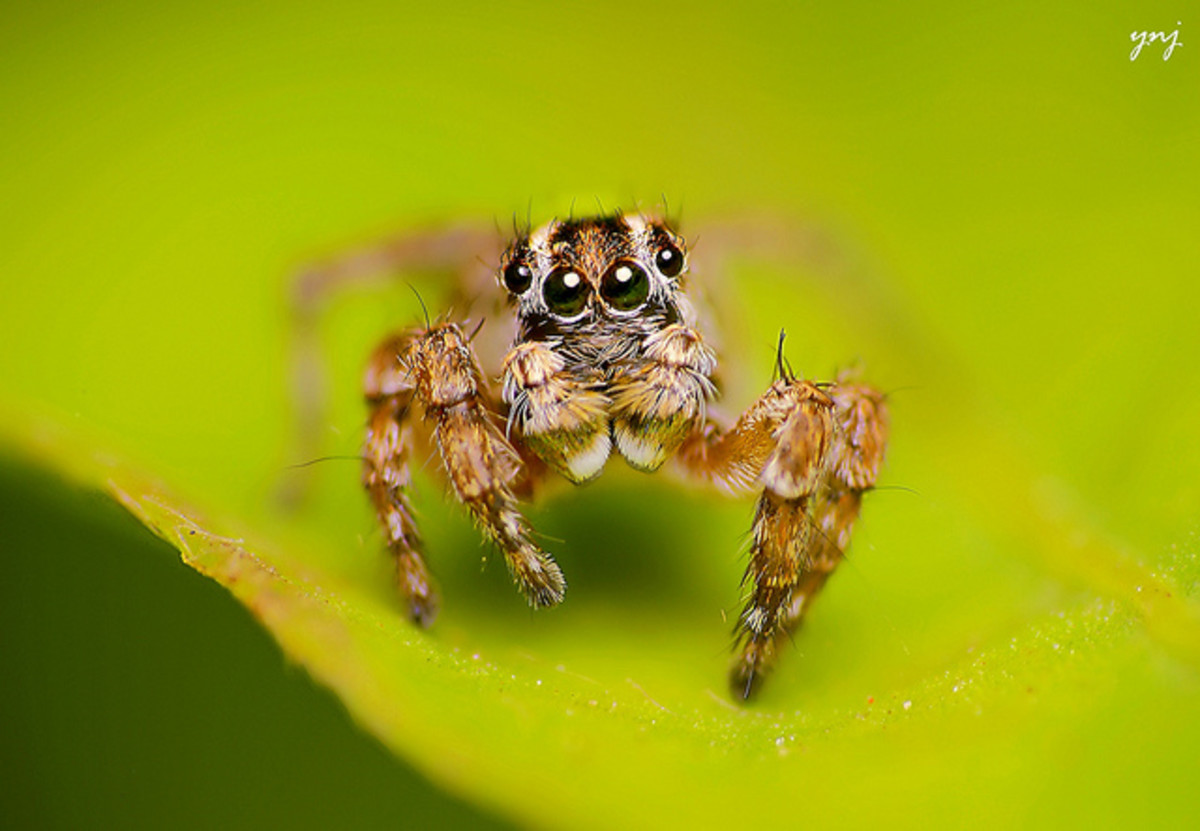
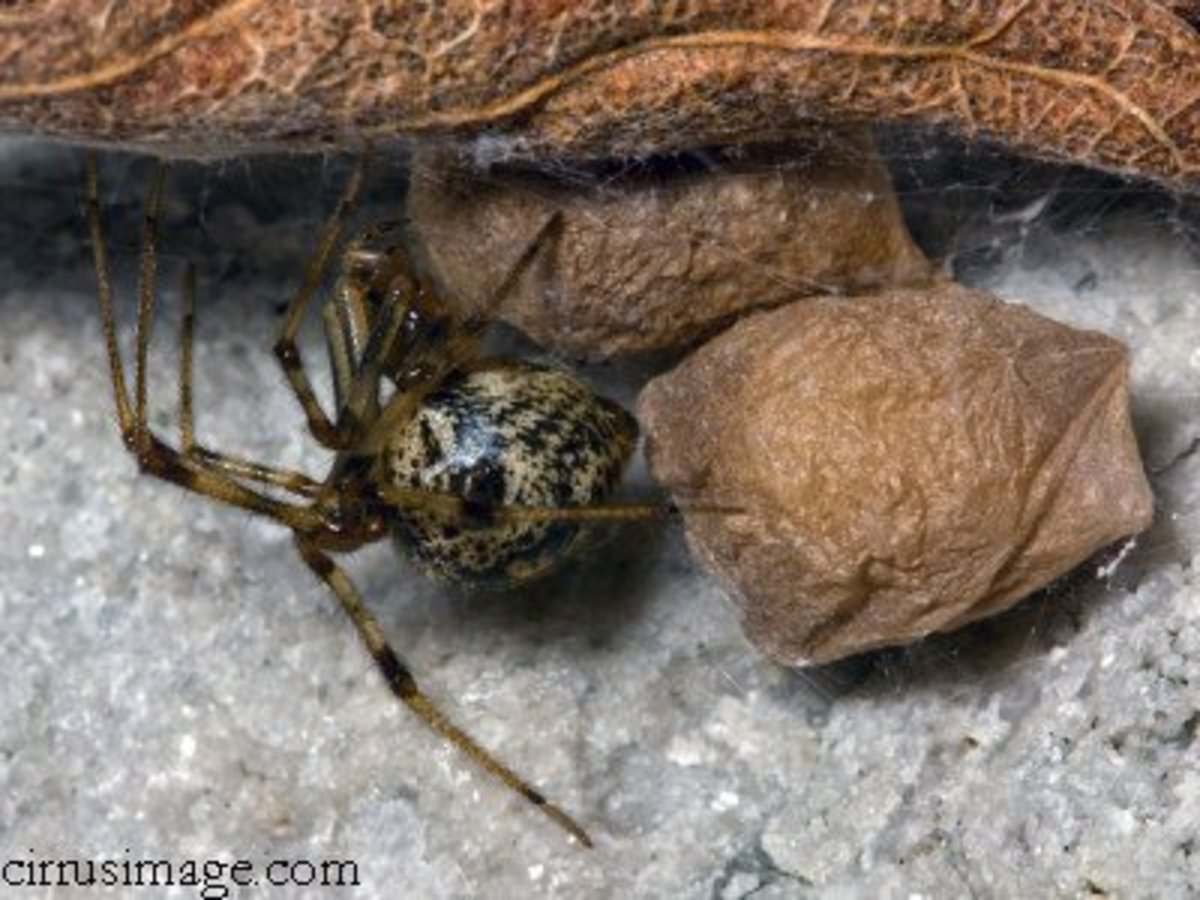
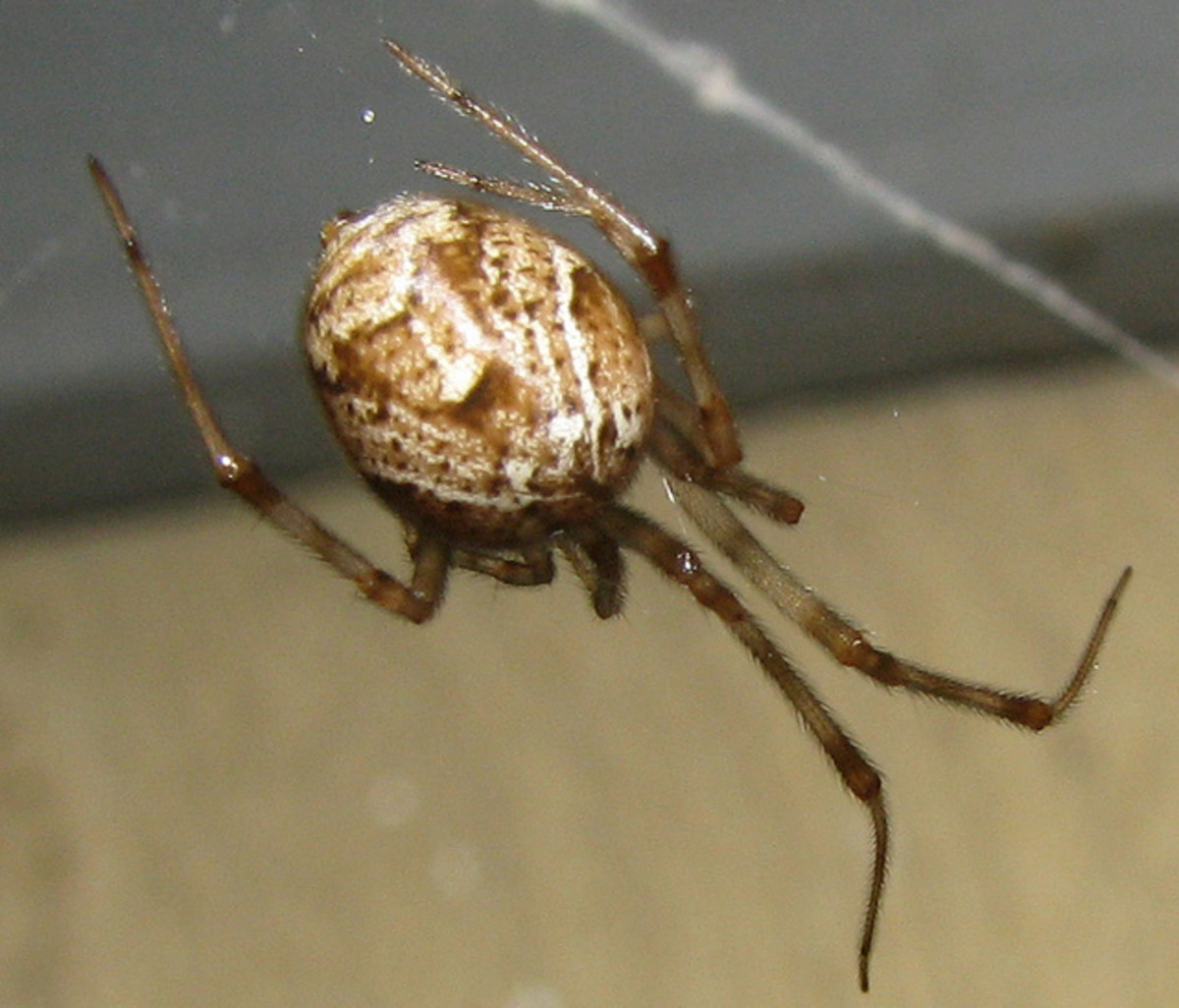
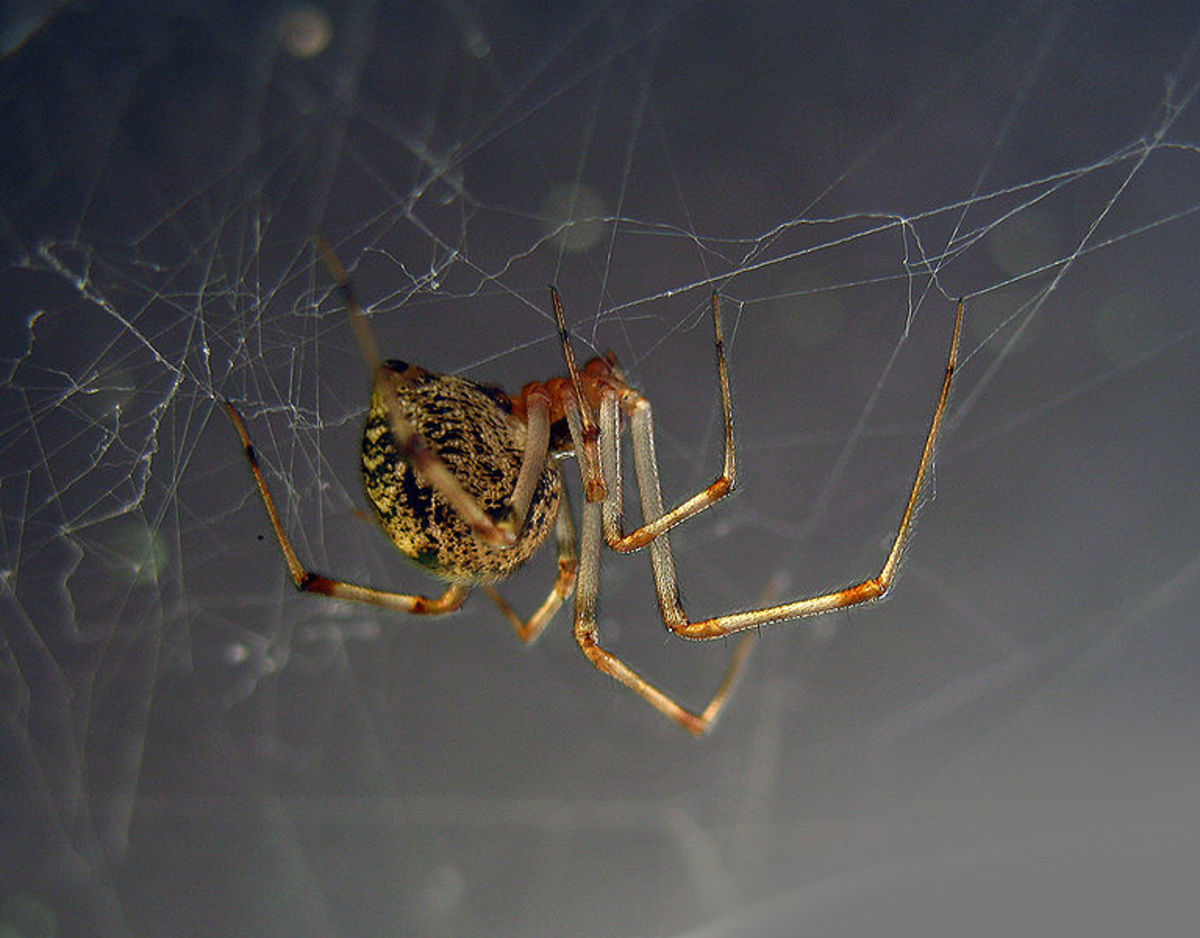

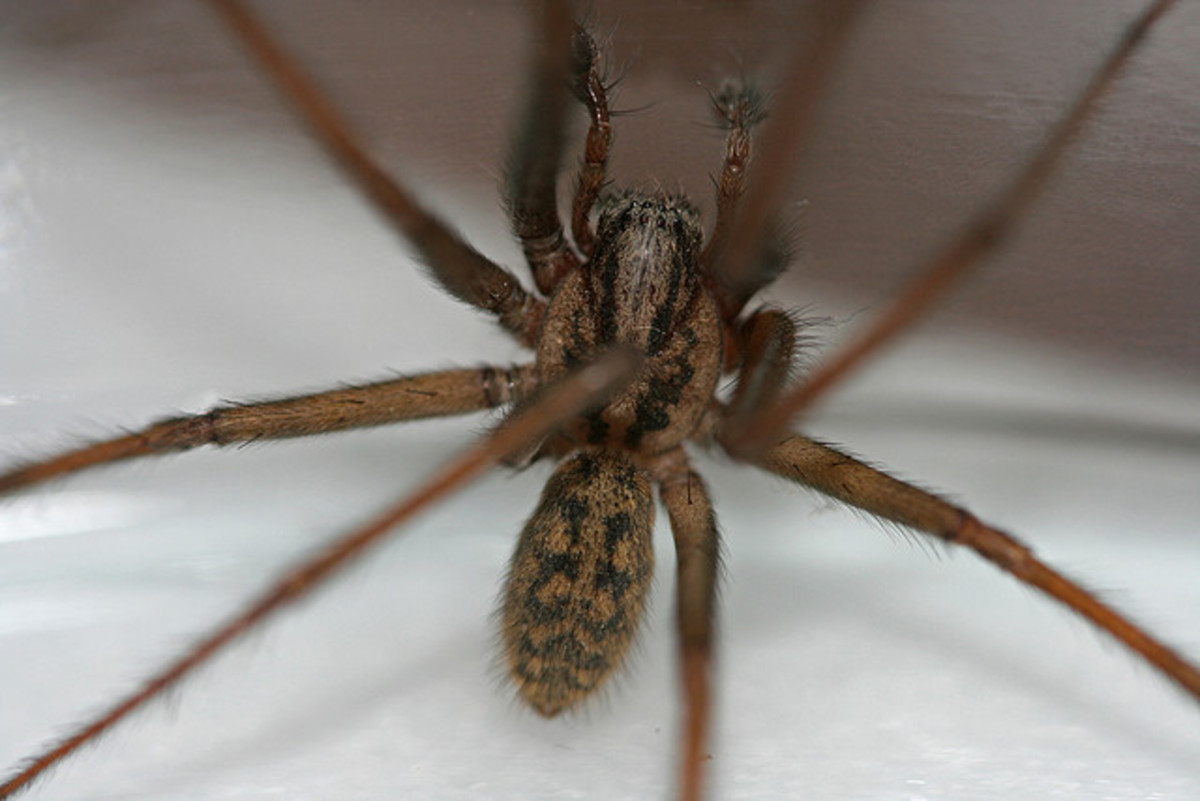
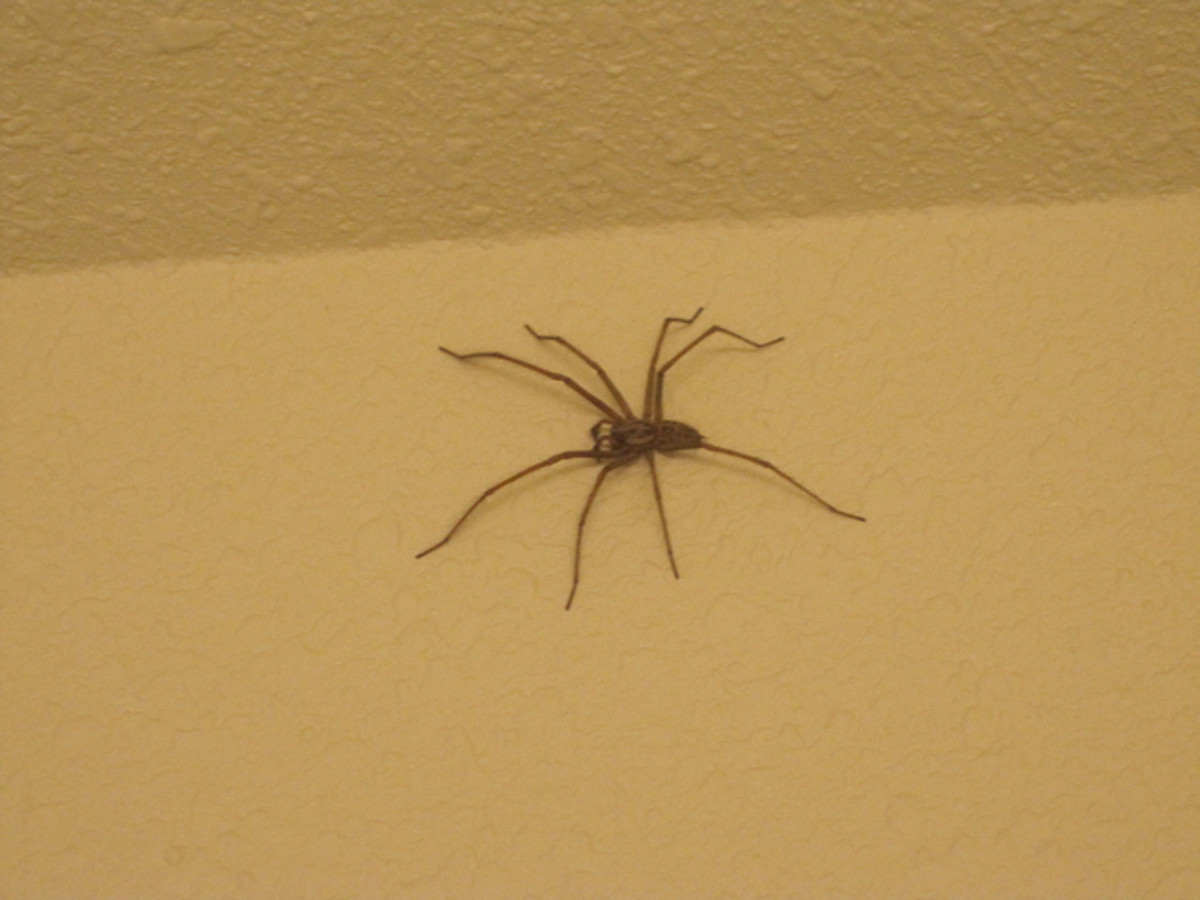
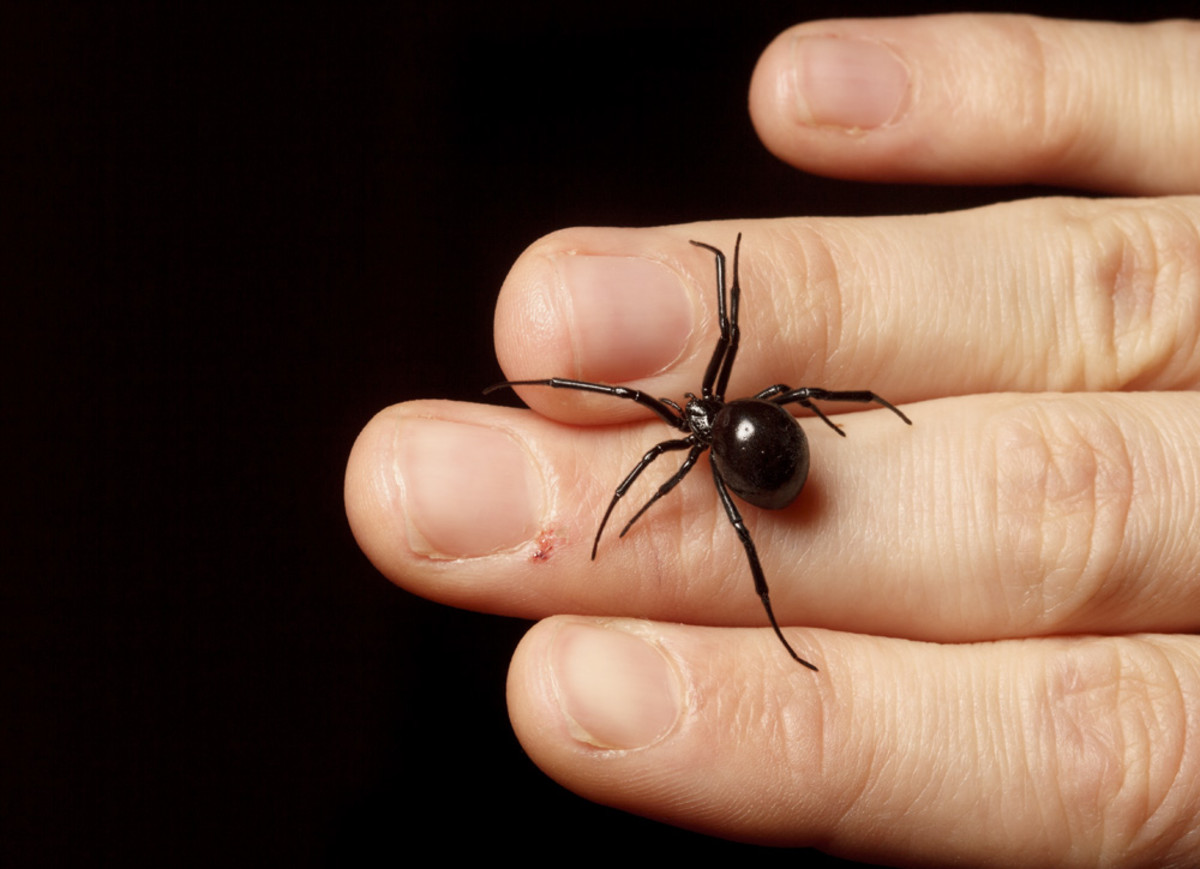 For further details log on website :
For further details log on website :
https://dengarden.com/pest-control/The-Glade

How to identify venomous house spiders. | Source
What and What Not to Be Afraid of
"Oh my God, kill it! KILL IT!"
Outbursts like these are common throughout much of the United States and, indeed, the world, when a spider's cover is blown and it is forced to skitter this way and that along the wall or across the living room carpet to avoid being, as suggested above, speedily smashed.
It is unfortunate that so many of these harmless eight-legged critters have to pay such a price for our unfounded fears and instinctive squishing behaviors, especially since they work so hard to rid our homes of ever creepier (in the author's personal opinion) pests such as silverfish, fleas, bed bugs, gnats, and flies.
I find that the basis for most fears of spiders is the fact that most people don't know the difference between those that are harmful to humans and those that are perfectly capable of coexisting with us peacefully. And so, in the spirit of enlightenment, I have devised a way to help any and all who are curious learn about which spiders pose a danger and which do not.

"Be careful of me. I don't want to bite, but if I do, I can pack quite a punch!"
. Biggest Threats
The leading ladies and gentlemen on this list are of course the ever-beautiful female Latrodectus hesperus (black widow spider) and her renowned accomplice the Loxosceles reclusa (brown recluse spider). The runner-up to and lesser known than these two is Tegenaria agrestis (hobo spider).
Black Widow
Click thumbnail to view full-size


Female black widows are perhaps the most easily identifiable spider in human history. The striking red markings on their undersides are a dead giveaway to their species. Whether the red mark is in the shape of an hourglass or a simply a dot, it is safe to assume that any shiny black spider with a bulbous abdomen falls under this category. The males of this species are smaller, shyer, and less venomous than their female counterparts. In fact, there has been much speculation as to whether or not they are more deadly than the common garden spider! Also, they look nothing like their women; they're thin and usually mottled brown or gray.
Black widows, like cockroaches, can be found anywhere in the United States providing there is:
- A stable source of heat (such as a human dwelling)
- An ample supply of food (flies, woodlice, other spiders, etc.)
- Dark places (the space under your bed, in your shoe closet, etc.)
They are more prominent in warmer states because they can breed and catch food outside. Natural enemies of this spider do exist and consist mainly of wasps such as the blue mud dauber and the spider wasp.
Black Widow Bites

Source
Two red marks are the first sign of a black widow bite. Some spider bites are "dry" and no venom is injected. However, if venom is injected, then the following symptoms are often muscle cramps and spasms near the site of the bite, fever, and nausea. If this happens, see a doctor immediately. Stay calm and apply concentrated heat to the bite to minimize the spread of the venom and alleviate pain.
Brown Recluse
Click thumbnail to view full-size


While the black widow is easily identified by her shiny black exterior, large abdomen, and red shape on the underside, the brown recluse is less easily recognized because of his dull colors. The famed 'violin shape' (the base of the violin starts near the eyes, and the neck of the instruments points down toward the abdomen), which is supposed to be the telltale sign for this species is sadly not confined to brown recluses, nor do all brown recluses possess it. Perhaps the only foolproof way of identifying these tricky arachnids is to count their eyes. It's true! While most spiders have eight eyes, the brown recluse is unique in that it has only six. Also, the abdomen of the recluse spider is devoid of markings, and their legs are smooth with no thick hairs.
Brown recluses have a smaller range than most people think, not straying further west than the Rocky Mountains and rarely venturing north of Nebraska. They prefer quieter, darker, and warmer places to raise their families, so they don't travel with humans to new places as often as black widows do.
Because the brown recluse is so excellent at hiding, there have not been many studies on them outside of research on the effects of their bites. So, the statement that the brown recluse has no natural enemy should be taken with a grain of salt. People who have watched and collected data from the brown recluses in their homes have noted seeing other spiders (particularly the jumping spider) attack and kill them with relative ease.
Brown Recluse Bites

Red itching skin is the first symptom of the bite of a brown recluse spider. The area then develops into a blister, followed by an open sore, which in turn is accompanied by a rash of tiny red dots. Fever and nausea can also occur. If you are bitten by a brown recluse, see a doctor immediately. Stay calm and apply concentrated heat to the bite to minimize the spread of the venom and alleviate pain. The venom of a brown recluse causes necrosis, or the death of tissue, which can take a long time to heal.
Hobo Spider
Click thumbnail to view full-size


The hobo spider is one that more people need to be aware of. They are the real cause of countless so-called "brown recluse bites." The brown recluse is often wrongfully blamed because both species look related at a glance, and their bite patterns and symptoms are similar. But a second look at these critters can identify them in minute's time. Hobo spiders, unlike brown recluses, have a mottled coloration and distinctive 'herringbone' patterns on their abdomen. Their legs are also hairier than those of the brown recluse.
The easiest way to differentiate brown recluses from hobo spiders is by geographic location. The hobo spider was introduced to the Port of Seattle from Europe in the late 1920s, and they have since spread throughout the Northwestern United States and Western Canada. Brown recluses do not live in the Northwest or Canada.
Fortunately for us Northwesterners, the hobo spider has a nice list of natural predators, particularly the crab spider, Pardosa wolf spider, and again our friend the jumping spider.
Hobo Spider Bites
Purported hobo spider bites have had symptoms similar to the bites of brown recluse spiders, though no fatalities have been reported. In fact, scientists debate whether this spider's venom can cause the necrosis of human tissue at all. The research is murky because most people who report bites do not capture the spider, so experts have not been able to identify whether the hobo spider is actually associated with dangerous bites. If bitten, it is imperative that the spider be captured or preserved as entirely as possible, and then sent to a lab (many state universities have labs that are appropriate for this) to aid in identification and future research.
Where Dangerous Spiders Are Found
Spider
|
States and Regions
|
|---|---|
Black Widow
|
Usually the southern United States, although they can be found as far north as Canada
|
Brown Recluse
|
Primarily Texas, Oklahoma, Nebraska, Missouri, Kansas, Arkansas, and Colorado.
|
Hobo Spider
|
Washington, Oregon, Wyoming, Colorado, Utah, Montana, Idaho, Northern California, Western Canada
|

"Don't hurt me, I'm a friend!"
. Harmless Helpers:
Now that the scary stuff is out of the way, here are a few 'creepy crawlies' that will not only creep up on all of the aforementioned threats, but will also keep the crawling population of fleas, mites, and moths on the down-low. Not to mention they pose no danger to pets, children, or adults in the home. I'm talking about the endearing Salticidae family (jumping spiders), the docile Achaearanea tepidariorum (common house spider), and the gentle-but-giant Tegenaria duellica (giant house spider).
Jumping Spider
Click thumbnail to view full-size


If you ever see one of these little guys hopping around on your furniture, don't be alarmed. These curious spiders are one of your greatest friends in the pest-ridding business. They are easy to identify because of their unique eye pattern, and inquisitive behavior. If approached, instead of scurrying away like other spiders would, the jumping spider will jump and turn to face the advancer, sometimes even looking up and studying them. Jumping spiders are regarded by many as being 'cute' because of their antics and large eyes.
Jumping spiders have excellent vision, as their giant eyes would suggest, and can in fact see better than any other spider and debatably any other insect in the world. Using their vision, they can perform fast, complicated maneuvers around objects to get to their prey, which they will bite and subdue with their tiny fangs. Because of their speed and eyesight, jumping spiders are capable of besting prey larger and more venomous than themselves, and this author has personally witnessed them snatch flies right out of the air.
There are over 5,000 species of jumping spider in the world, but the most helpful seem to be those of the family Salticus and Phiddipus, such as the zebra spider or bold jumping spider.
Common House Spider
Click thumbnail to view full-size


Unlike the jumping spider, which walks around with an air of adventure, the common house spider prefers to keep a quiet profile in a corner of your garage or basement. Sometimes referred to as 'cobweb spiders,' they are gray to brown in color, with speckling on their abdomen that could be likened to the mottling found on wild bird eggs. Because of their similar size and shape, common house spiders are sometimes mistaken for black widows, but it is important to note the color of the spider before jumping to conclusions. Common house spiders are not black and have no red markings.
They are passive hunters, meaning that they make webs and wait for prey to come to them. They are excellent in keeping the numbers of destructive moths, flies, and mosquitoes down. They will even tackle wasps and yellow jackets, which may be important if you bring firewood into your home since wasps will sometimes hibernate in the lumber). They will be content to live quietly by a window in your attic and pose no threat to humans.
Giant House Spider
Click thumbnail to view full-size


The giant house spider has a horrible reputation and causes a lot of panic in Northwestern homes because it is easily mistaken for the hobo spider. And while there is no definite way to distinguish the two at a quick glance, giant house spiders tend to be more yellowish in color, with distinctive black stripes on the abdomen. Also, they can reach a leg span of four inches while the hobo spider will typically only span a single modest inch.
Although a giant house spider looks similar to a hobo spider, their risks to humans could not be more different. The giant house spider's venom is harmless (nothing worse than a bumblebee's sting), and they actually kill and eat hobo spiders themselves, making them an excellent addition to any crawlspace, basement, or garage. In fact, they are considered the best deterrent against a hobo spider invasion.
Because of their size, the giant house spider can dispose of a larger numbers of prey, as well as take on much bigger insects than the jumping spider or common house spider could.

Spiders only bite when they are afraid of being killed.
Precautions to Avoid Spider Bites
None of the spiders listed here bite humans very often. They need their venom to catch their food and do not want to waste it unless they are in danger of being killed. However, sometimes spiders will hide in places they think are safe, but will ultimately lead to an unfortunate interaction between them and humans. Terrified spiders that think they will be crushed can sometimes bite out of defense. Here are some tips you can use to prevent this from happening in your home:
- Remove your bed skirt. This is good practice to prevent any creepy crawly in the house (ants, silverfish, etc) from cuddling up with you in bed! If the only way for a spider to crawl into your bed is by going up one of the bed's legs—which are usually made of metal, polished wood, or other slick surfaces—it is much less likely to happen.
- Do not store clothes on the floor. If clothes are left on the floor, vigorously shake them out before putting them on.
- Bang your shoes on the ground and thoroughly shake out gloves before putting either of them on.
- When storing things in the basement or garage, seal them so that nothing can get inside. You can do this by putting them in a tied or sealed plastic bag or by taping the corners of cardboard boxes closed.
- Remove anything that the spiders can crawl under or between. For example, avoid leaving tarps and cardboard on the ground, and move firewood so that it is not stacked near the house.
- Wear protective clothing such as gloves, closed-toe shoes, and long pants when going into areas spiders may find safe, such as under the house, in crawl spaces, or storage spaces.
- If you notice there are dangerous spiders in your house, you can set out sticky traps. However, if you have no reason to think that there are any dangerous spiders, it may be better to skip this step, as some spiders like the giant house spider are very beneficial to you.
In Closing:
Hopefully now, with the knowledge of both the dangers and helpers that you may find in your home, your mind will be put at relative ease. As of yet, there is no manmade pesticide or trap more effective against a population of harmful insects than a good old-fashioned family of spiders. They definitely deserve better recognition for the work they do. Welcome to the wonderful world of knowledge; I pray you use it wisely!
https://dengarden.com/pest-control/The-Glade
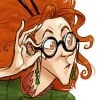
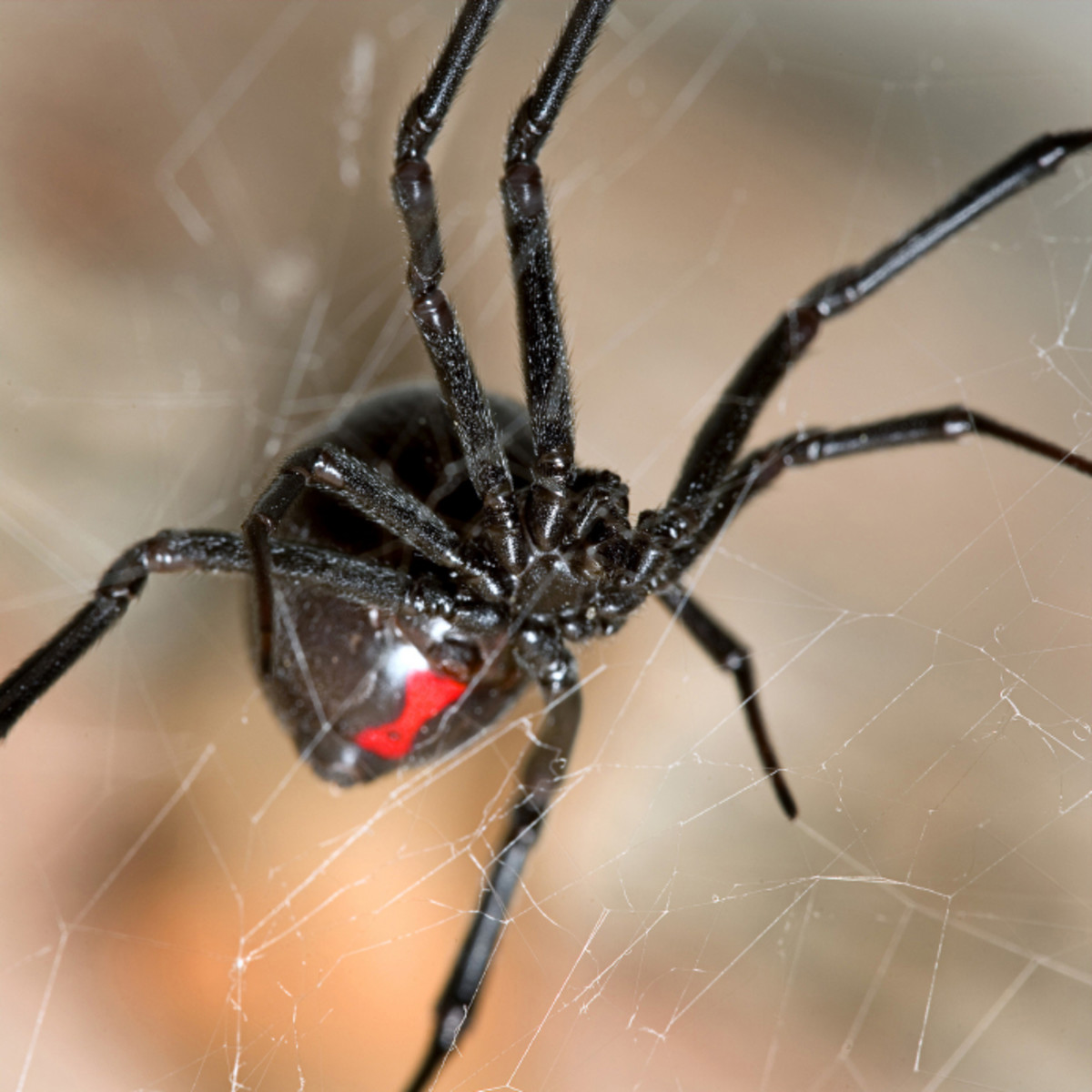
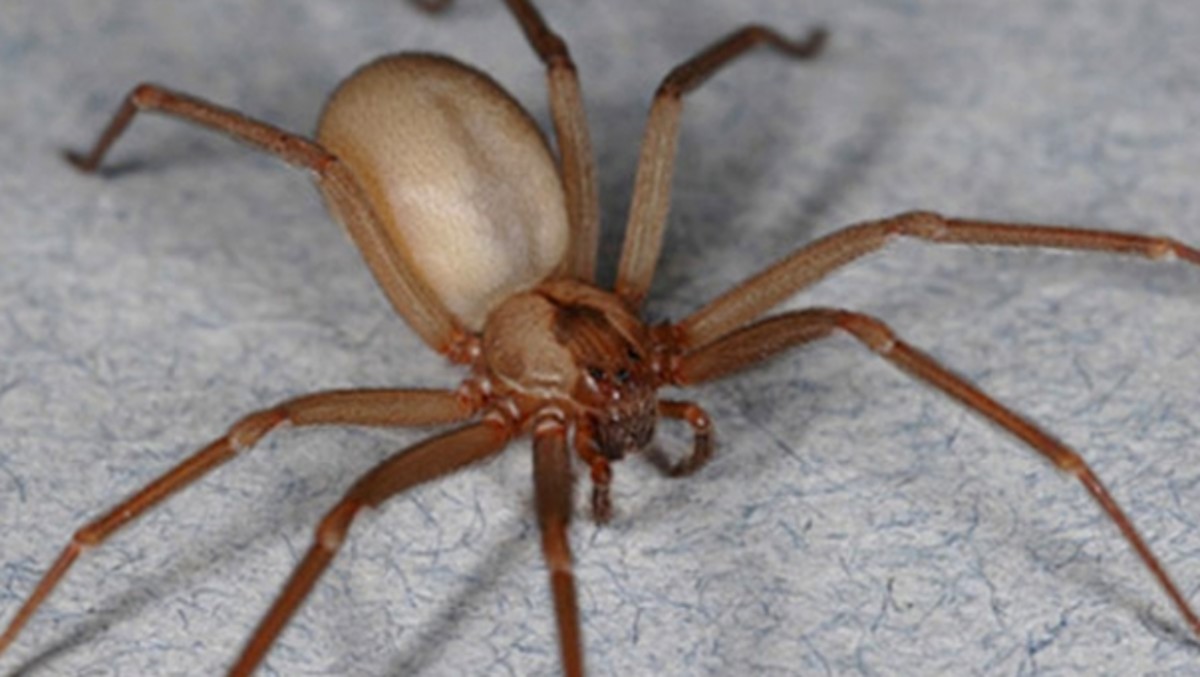
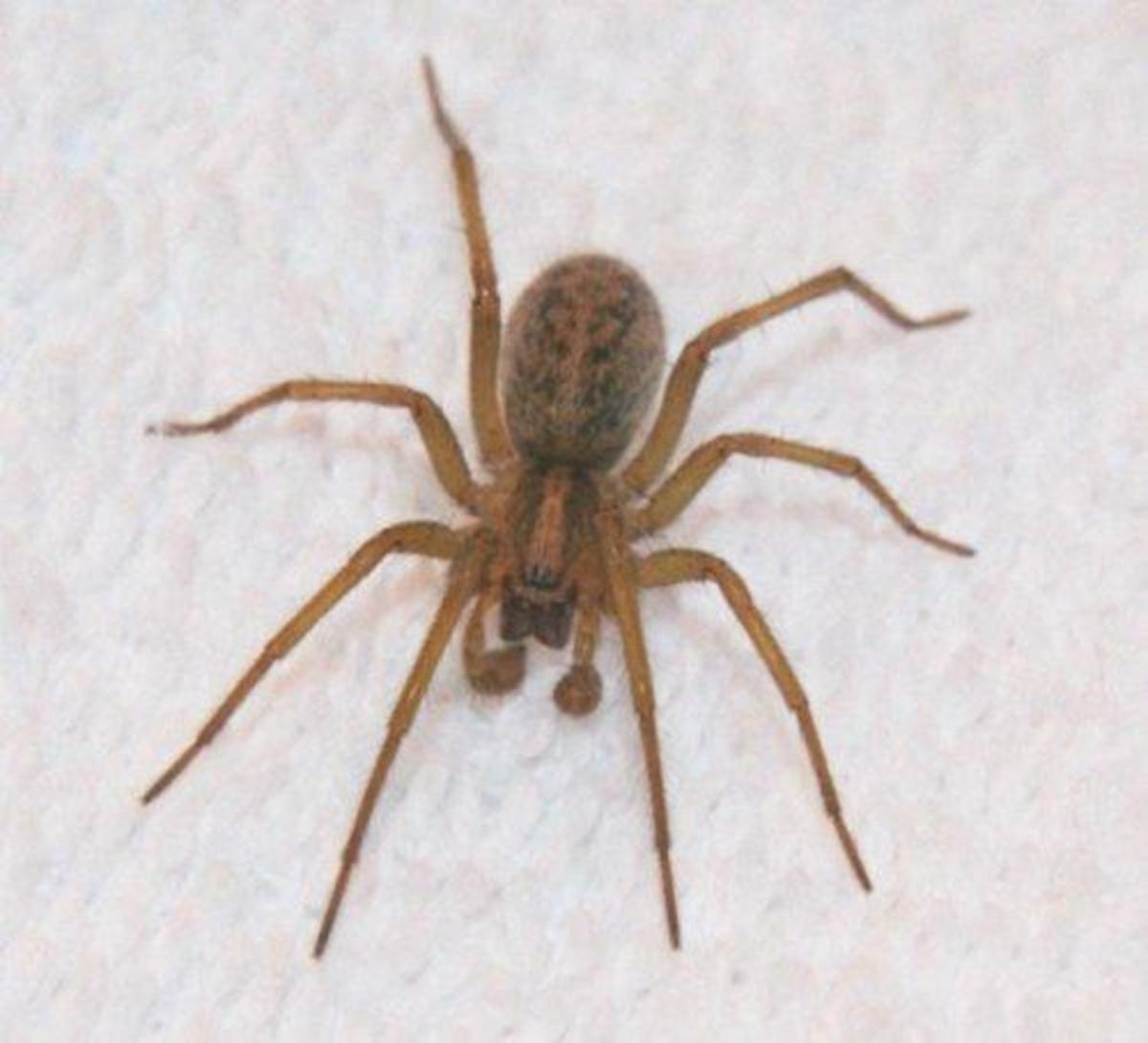
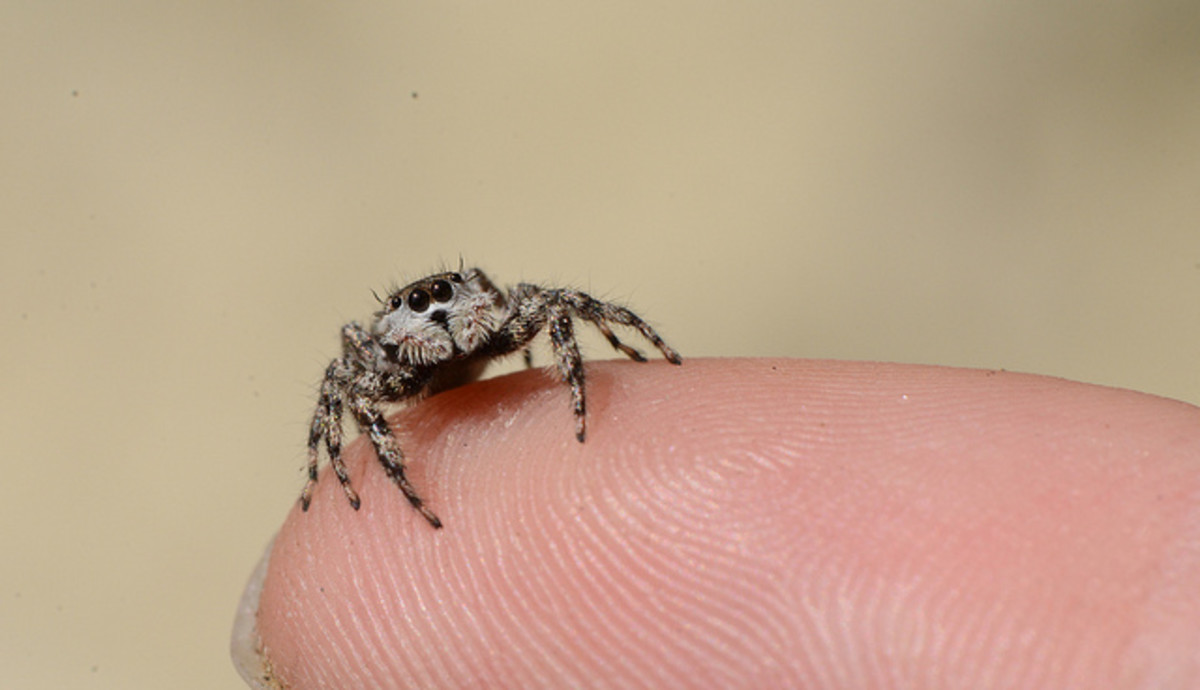
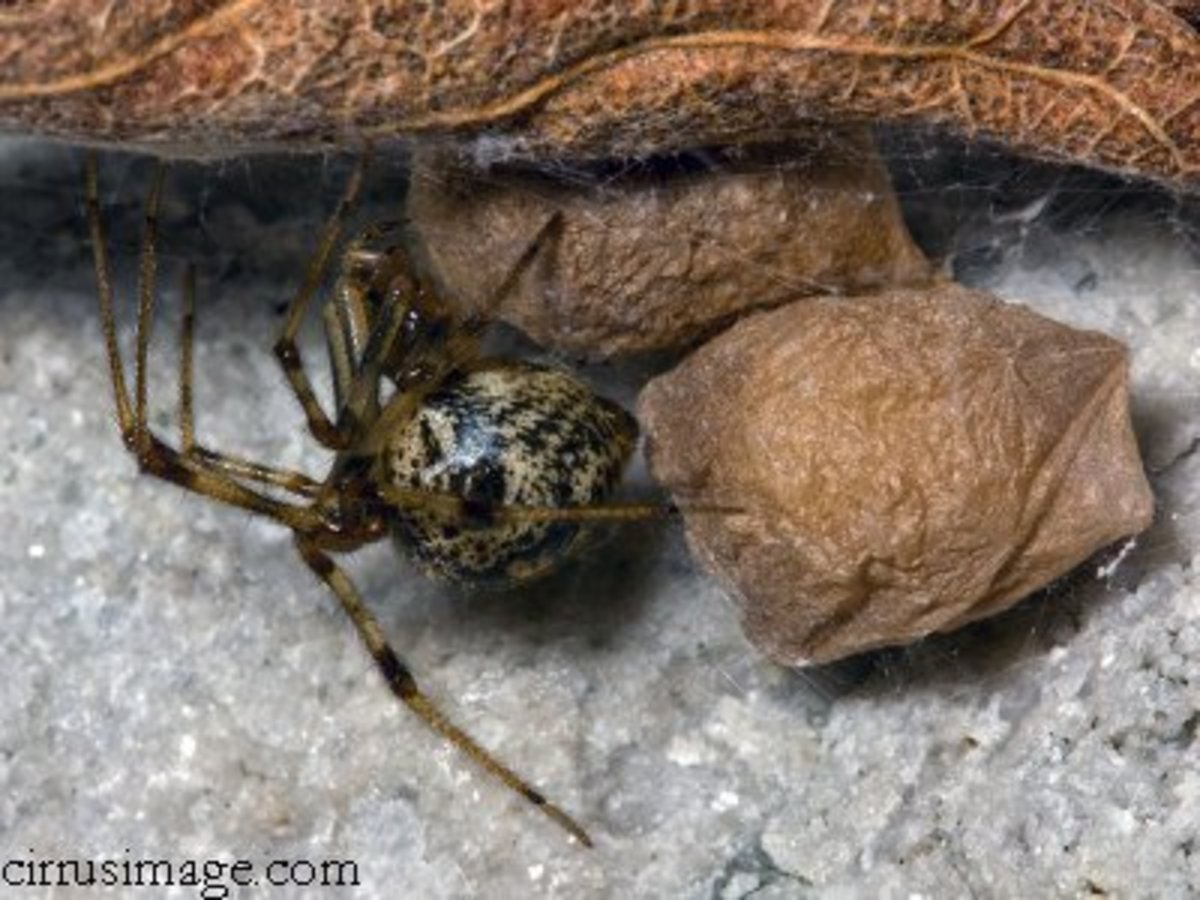
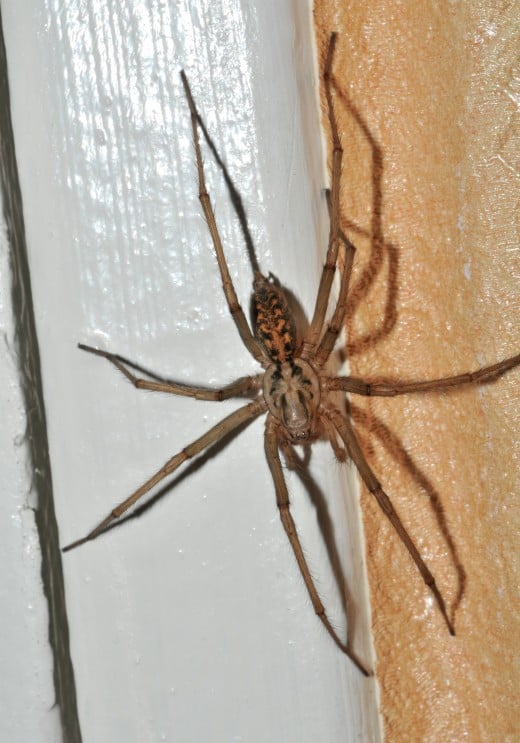





No comments:
Post a Comment